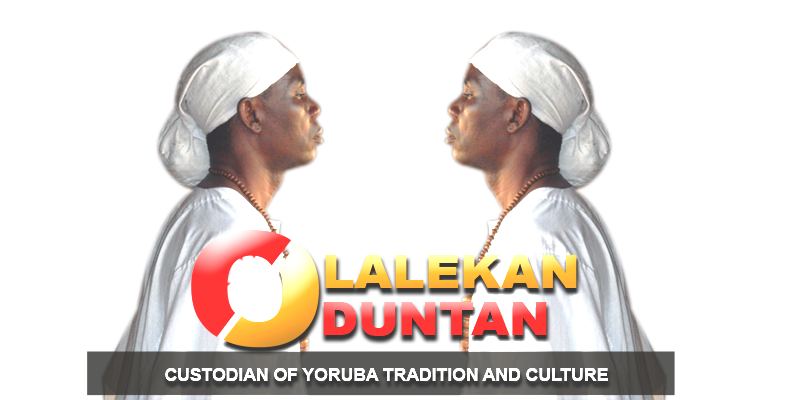In the heart of the captivating Northwest Region of Cameroon lies the enchanting city of Bamenda, a vibrant hub that echoes with the rich history, diverse language, and flourishing civilization of the Bamenda people. Join us as we embark on a journey through the captivating tapestry that defines this unique community.
(1). Echoes of Origin: A Tapestry Woven with Ancestral Threads
The history of the Bamenda people unfolds like a captivating story, tracing its roots to ancient migrations and cultural amalgamations. From the fertile soils of the Grassfields to the thriving highlands, Bamenda has stood witness to the ebb and flow of time, preserving the echoes of its origin in every hill and valley.
(2). Language: Dances of Diversity in Linguistic Harmony
The linguistic diversity of the Bamenda people is a testament to the richness of their cultural tapestry. With a mosaic of languages spoken, including widely recognized ones like Bafut, Kom, and Pidgin English, Bamenda becomes a linguistic symphony where every dialect adds a unique melody to the harmonious chorus of communication.
(3). Civilization Unveiled: A Flourishing Hub of Culture and Progress
Bamenda stands as a beacon of civilization, where tradition and modernity coalesce seamlessly. From the bustling markets that reflect the economic prowess of the people to the modern infrastructural developments that shape the city skyline, Bamenda is a testament to the dynamic and progressive spirit of its inhabitants.
(4). Cultural Festivals: Celebrations of Heritage
The cultural festivals of the Bamenda people are a spectacle of vibrant colors, rhythmic dances, and symbolic rituals. Whether it's the Nso Fon's Palace Festival or the Kom Ngie, each celebration becomes a kaleidoscope of tradition, uniting the community in joyous revelry.
(5). Traditional Architecture: Majestic Structures That Tell Stories
The architectural marvels of Bamenda, from traditional huts to intricately designed palaces, stand as silent storytellers of the people's history. The grandeur of the structures mirrors the resilience and cultural sophistication embedded in the very fabric of Bamenda.
(6). Natural Beauty: Landscapes Painted in Splendor
Nestled amidst breathtaking landscapes, Bamenda is a haven of natural beauty. From the undulating hills to the picturesque valleys, every corner of this city is a canvas painted in the hues of nature, inviting both residents and visitors to immerse themselves in its serene charm.
In conclusion, Bamenda is more than a city; it is a living testament to the resilience, diversity, and progressive spirit of the Bamenda people. As we unravel the threads of its history, language, and civilization, we find ourselves immersed in a captivating narrative that continues to unfold with every passing day.
Ps: Even the former president of the United States of America couldn't resist the traditional attire of Bamenda.


















































